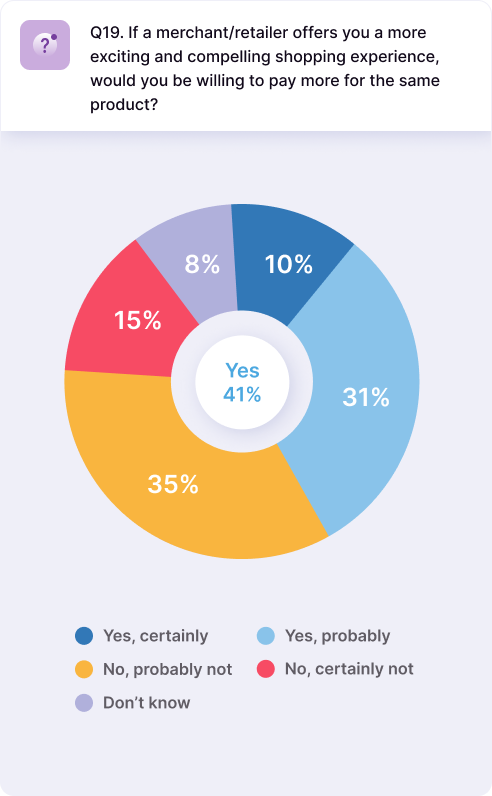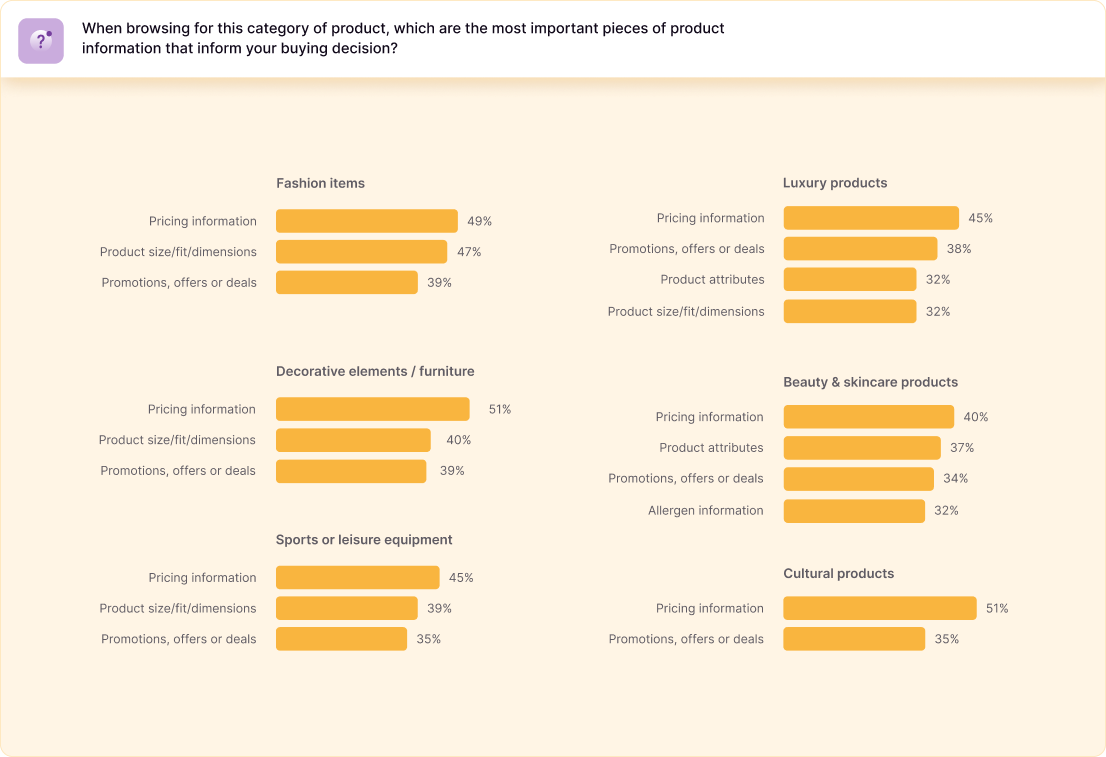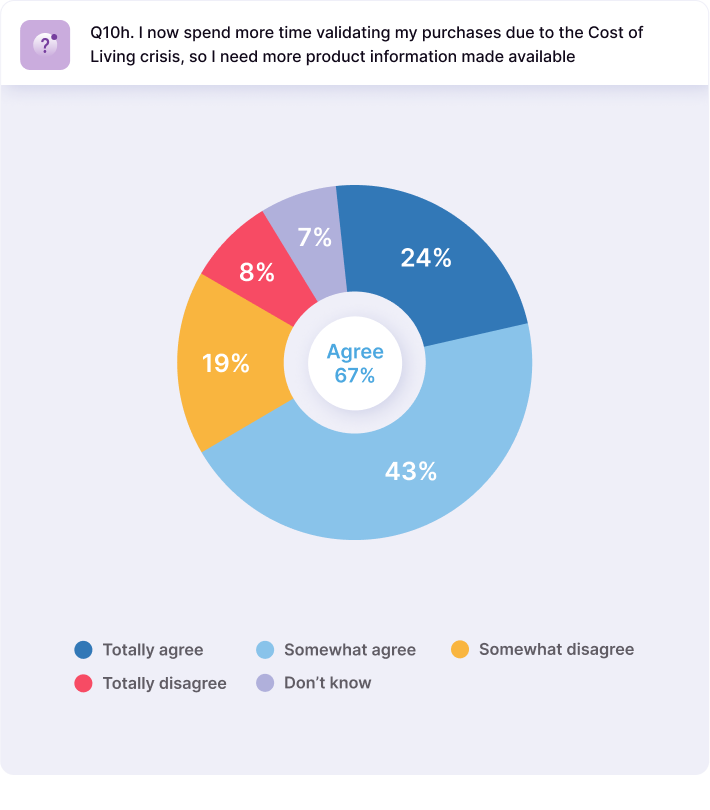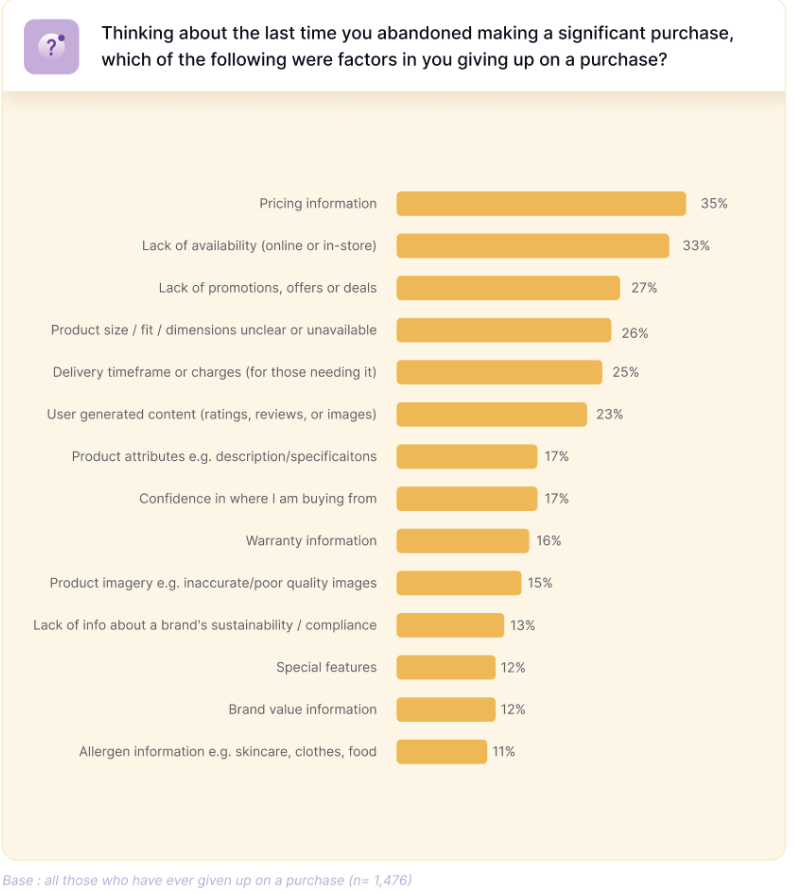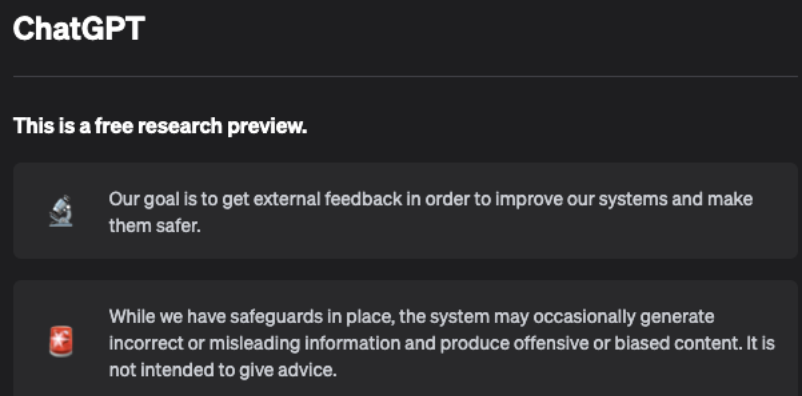Imagine you’re shopping online for a new bed frame. You see the menu options at the top of the site, click “Furniture” and get a dropdown menu that offers “Living Room,” “Bedroom,” and “Outdoor.” You immediately know which link to click.
Now imagine you click the “Furniture” menu on a site and the options are “Lounge,” “Relax,” and “Recharge.” No longer clear where you’ll find the bed frames, right?
That’s the power of product taxonomy. The way you organize and display your products directly impacts your brand’s reputation, customer experience, and ultimately, conversion rates.
At first glance, product taxonomy may seem as simple as putting the right products in the right category, but that can be easier said than done… especially when you’re working with tens of thousands of products. Let’s take a deeper dive into what product taxonomy means, why it matters, and the best practices to follow to see the biggest impact.
What is Product Taxonomy?
Product taxonomy is a set structure used to organize and categorize a vast amount of product information in a logical, easy-to-understand way. The main goal of any taxonomy system is to present both structured and unstructured product data in a way that is quickly digestible for both internal teams and consumers.
Think of product taxonomy like a tree. You sort products into categories, and then those categories branch out into smaller groups, organized with tags. These metadata tags play a huge part in helping your consumers find your site. Search engines, browsers, and web crawlers use them to understand the structure, content, and context of your web pages, which in turn improves your website’s discoverability and search engine rankings.
Let’s take a quick look at an example. Luxury fashion brand Fendi has their products initially sorted into large buckets in their menu; namely, “Women”, “Men”, and “Kids”. Then, clicking into just one of this categories gives you a range of items to choose from within that category. So, you click under “Women”, and you see all the types products targeted for women that Fendi offers, such as bags, shoes, and accessories. Then, taking it a step further, Fendi allows its shoppers to click into one of these sub-categories and personalize even further; by selecting “Accessories”, you can see a list of the different types of accessories offered such as scarves, socks, sunglasses or belts. How Fendi decides to organize and list their products is their product taxonomy, and has a direct effect on the shopping experience.
What are the Benefits of Taxonomy Management?
When your product taxonomy management game is on point, your business benefits. Here’s how:
- Skyrocketing search engine rankings: A well-structured product taxonomy that uses relevant keywords and metadata tags helps search engines like Google more accurately index and rank your content. These tags include crucial information such as the title, description, and keywords related to your products. What that means for you is better visibility in search results, increased organic traffic, and a higher likelihood that potential customers will find your products online.
- Boosted conversion rates: When your product taxonomy is easy to navigate and understand, consumers can quickly find the products they’re looking for, which in turn creates a better shopping experience. Since happy customers are more likely to make a purchase (and return for future purchases), this positive experience often translates into a higher conversion rate.
- Personalized customer experiences: Streamlined taxonomy management helps you create a more tailored shopping experience for each customer. By offering product categories and filters that resonate with your target audience, you can make it easier for them to find products that match their preferences and needs. A personalized experience not only leads to higher customer satisfaction, but also stronger customer loyalty.
- Simplified inventory management: An efficient product taxonomy structure allows for easier inventory tracking and organization. With a well-defined product hierarchy, your internal teams can more efficiently manage stock levels, monitor product performance, and make informed decisions regarding product assortment and merchandising.
How Does a PIM Solution Support Product Taxonomy Management?
Let’s revisit that last bullet point. Product taxonomy can simplify your product management processes… if you’re using the right tools. A product information management (PIM) solution is the secret weapon to take your product taxonomy management to the next level.
Manually managing taxonomy can be inefficient and error-prone, especially at high inventory levels. With thousands of products, it’s easy to imagine accidentally applying the wrong tag or sorting a product into the wrong category. PIM solutions allow you to automate many of the mundane tasks associated with taxonomy management, such as data entry, updates, and validation. This not only saves time and resources so your team can focus on higher value tasks, but also reduces the risk of inconsistencies and errors in your product data.
PIM systems also help by centralizing all of your product information, including taxonomy structure, in one place. This creates a reliable and consistent record that can be accessed by marketing, sales, IT teams, and other stakeholders. By creating a single source of truth, you can ensure that everyone is working with the most up-to-date and accurate information, essential for maintaining a well-organized product taxonomy.
Whether you’re selling through your own D2C site or partnering with retailers, PIM tools make it easy to syndicate your product content and taxonomy across all your sales channels. This means your customers receive consistent and accurate product information, regardless of where they’re shopping.
Product Taxonomy Best Practices
Of course, the better you structure your product taxonomy, the more impactful it will be to your bottom line. To optimize your product taxonomy, make sure to follow these best practices:
Use logical organization and clear naming conventions
Your product taxonomy should be easy for both internal teams and customers to understand. Each category, subcategory, and tag should have clear, descriptive names that accurately represent the products within them. (Remember our bed frame example at the start?) For eCommerce, consider using terminology that aligns with common search terms to support SEO. Pro tip: Create a visual representation of your taxonomy hierarchy to further help users navigate where they want to go.
Prioritize the customer
Nobody wants to navigate through ten different categories and subcategories to find the one product they’re looking for. The golden rule is to enable customers to reach their product in three clicks or fewer by providing intuitive navigation options and filters. Consider what kind of information and product attributes are most valuable to your customers during their decision-making process (ex. are desk buyers more concerned about the color or the size?), and incorporate these details into your taxonomy.
Utilize PIM tools for automation and efficiency
Remember how we said a PIM solution can help? The best taxonomy structures are managed by a PIM tool which can automate and easily maintain your categories and tags. Not only does this cut down on time and errors, it allows you to easily review and update your product taxonomy periodically to make sure it remains both relevant and effective.
Product taxonomy affects search engine rankings, customer experience, conversion rates, and more, making it an absolutely critical aspect of your business’s success. By adhering to best practices and tapping into PIM tools, you can make your taxonomy management more efficient for both your consumers and your internal team. Always a good sign for your bottom line.
Want to see how Akeneo’s PIM solution can help support your product taxonomy management? Let’s talk.


